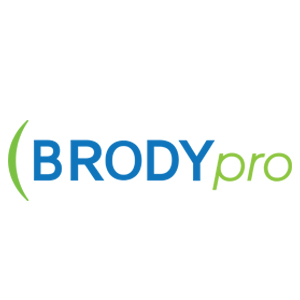In my last blog, I posted about summer workplace wardrobe faux pas.
Yes, many businesses relax their dress code in the summer, moving from business casual Fridays to business casual every-days.
This decision is usually met with cheers from the staff. Despite the increasing popularity of “business casual” dress codes, however, these businesses are still in the minority in U.S. corporate culture.
A recent Robert Half International survey of 508 U.S. employers revealed not-too-surprising results: A whopping 74 percent of the companies who responded do not relax their dress code in the summer.
According to Christopher Deane, a Norfolk Robert Half branch manager, “The response has a lot to do with whether they think that inappropriate clothing like sheer garments, flip-flops, sundresses or T-shirts would make it into the work force. A lot of employers consider that (type of) wardrobe offensive and it doesn’t put forth the image that they want to project.”
It seems like not too much has changed over the years. This type of thinking fits right in with another study done back in 2001, by Management Recruiters International. Of the 3,500 executives surveyed nationwide, more than one third said business casual has become too casual.
So how casual is too casual for your particular workplace?
If you are an employer considering allowing business casual through Labor Day, do your reputation and your employees a favor: send an interoffice memo explaining what is and is not appropriate for the office. This will enhance your company culture and clarify exactly what your staff should and shouldn’t wear. The memo should be quite detailed, including suggestions for what is appropriate for “business casual.” Keep in mind how far is too far for your corporate image.
If you are an employee, do yourself and your employer a favor and understand what is acceptable business casual clothing. In my last post, (Brynn – the phrase “last post,” gets this link: https://www.brodypro.com/?p=4342 ) I listed garments that are never acceptable in the business world, and I left out a couple of major offenders: flip-flops and sandals. Call me old-fashioned, but I simply cannot even imagine a world where flip-flops would ever be appropriate in a business situation.
Sandals for men … well, that’s also unlikely to be OK, unless you work for a business like Facebook. Sandals for women? Perhaps, in certain industries. You’d have to check, because better safely shod than sorry.
Here are some safe options for appropriate business casual attire:
Women:
• Casual skirts, dresses, slacks or “skorts”
• Neatly pressed chinos
• Cotton shirts in solids, prints, or muted plaids
• Lightweight blazers or cardigans to cover up something that would otherwise be too skimpy
• Low-heeled shoes
Men:
• Chinos or “Dockers”-type trousers
• Sport shirts with collars or banded necks
• Polo shirts (with collars)
• Lightweight sport jacket
• Casual loafers or lace-up shoes
Both men and women should wear lighter fabrics and colors, as they don’t absorb as much heat as dark colors. Also, natural fibers might be cooler and more comfortable than synthetics in the summer.
Yes, you want to make an impression on your boss. But, don’t let your summer choice of wardrobe make it a bad one. It really is true – you never get a second chance to make a good first impression.

